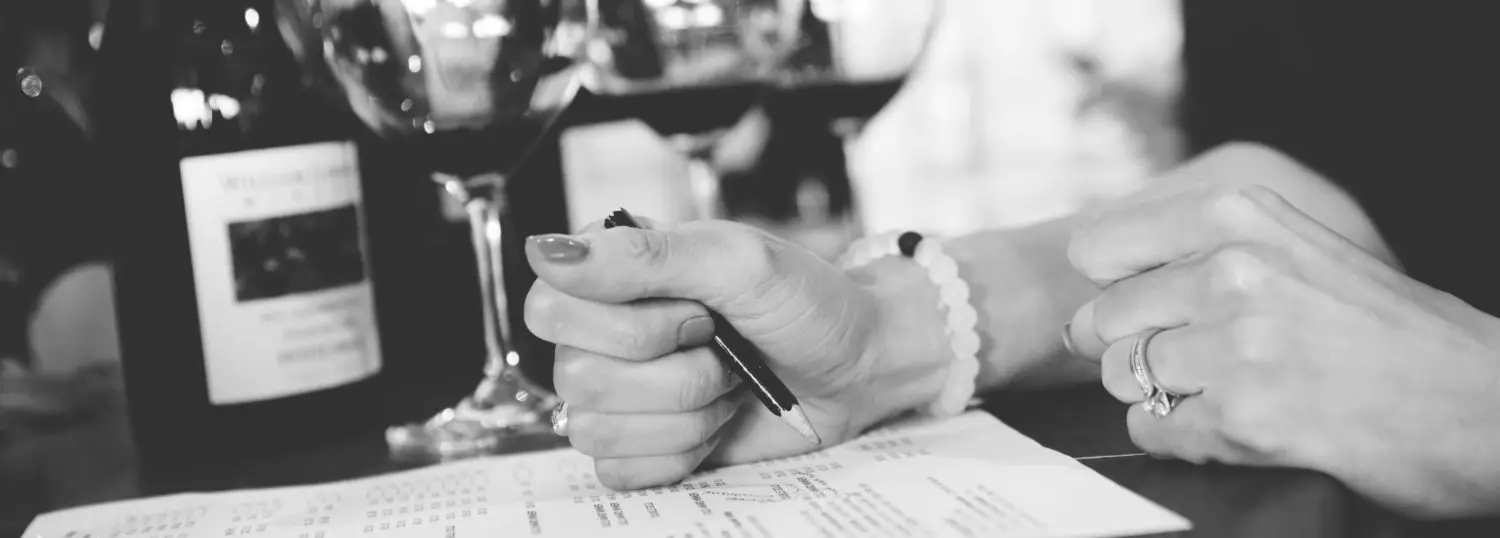I came across Vino Noceto a few years ago, writing a travel article for the SF Chronicle. What I loved was the modern atmosphere of the tasting room that sits amongst the beautiful vineyard setting. This is in sharp contrast to what I loved about their wines. Light, delicate, youthful expressions of classically Italian grapes, it made me nostalgic for the days I spent in Italy. Even their more rustic blends are nuanced with site-specific characteristics and show very little winemaking interventions. But so much so for their single vineyard, single-varietal offerings, like this Sangiovese.
Searching for "Italy"
Kobza Wines 2016 Wirz Vineyard Red Field Blend
This is my first taste of Kobza Wines, but not my first taste of Ryan Kobza’s wines. He’s winemaker for the previously reviewed Big Sur Vineyards Chardonnay and Big Sur Vineyards red blend. Ryan was kind enough to send me a sampling of wines under his eponymous label and I started with this red blend.
I can’t even put into words how delicious this wine was. It was just a straight up experience drinking this wine. Everything was so in balance, that we just kept pouring glass after glass. I’ll use the word gluggable because, at the end of the day it is. But, oh please do not glug this wine too quickly. 
Lantieri Franciacorta Extra Brut
Franciacorta is a new adventure to me. When I received a few samples, and asked around, it seems like it’s not a well-known region-slash-wine to many in my little new world wine drinking world. (Read some Franciacorta 101.) But I love that I’ve discovered it. Like other well-known sparkling wines, like Champagne or Prosecco, there’s something for everyone — from the very sweet to the bone dry. I, for one, am all about dry sparkles: the depth, the complexity, the structure, the purity of the fruit. The has all of that. So grab a glass and join me…

Villa Crespia NumeroZero Franciacorta
If you’re new to Franciacorta, like I was when I received this wine, then you may be interested to know that the name, like Champagne, refers to a region — a region in northern Italy. Like many of Italy’s finest wines, the Franciacorta DOCG is located in a hilly portion of the country — between the southern shore of Lake Iseo and the city of Brscia — with mineral-rich, calcereous gravel and sandy soils and deeper limestone bedrock.
The DOCG spans 5,400 acres which is planted to Chardonnay (85%), Pinot Nero (10%), and Pinot Blanco (5%) — the DOCG’s “permitted” grape varieties.
All Franciacorta is made inthe metodo classico. Nonvintage Franciacorta must be aged for 18 months with yeast contact (as opposed to 15 months for Champagne). Vintage Franciacorta, or Millesimato must have 30 months of yeast contact (comparable to Champagne).
Designations for dosage is the same as Champagne: pas dosé, or dosage zéro; pas opéré: maximum 2 g/l of rs; extra brut: 6 g/l; brut: 15 g/l; extra dry: 12–20 g/l; sec: 17–35 g/l; demi-sec: 33–50 g/l.

The Vinum 2016 Montepulciano
I fell in love with Montepulciano while traveling in Italy. Believe it or not, my first sip was during a flight of Italian wines on the cruise ship that was carting me around the Mediterranean. It was the last in the line up, but the one I remember most. But, like the Croatian wine I talked about, since that trip I really haven’t had much of the varietal. And, again, it was my good friends John and Irene Ingersoll who write and sell at topochines.com who were able to take me back to that magical place via the gift of wine.


